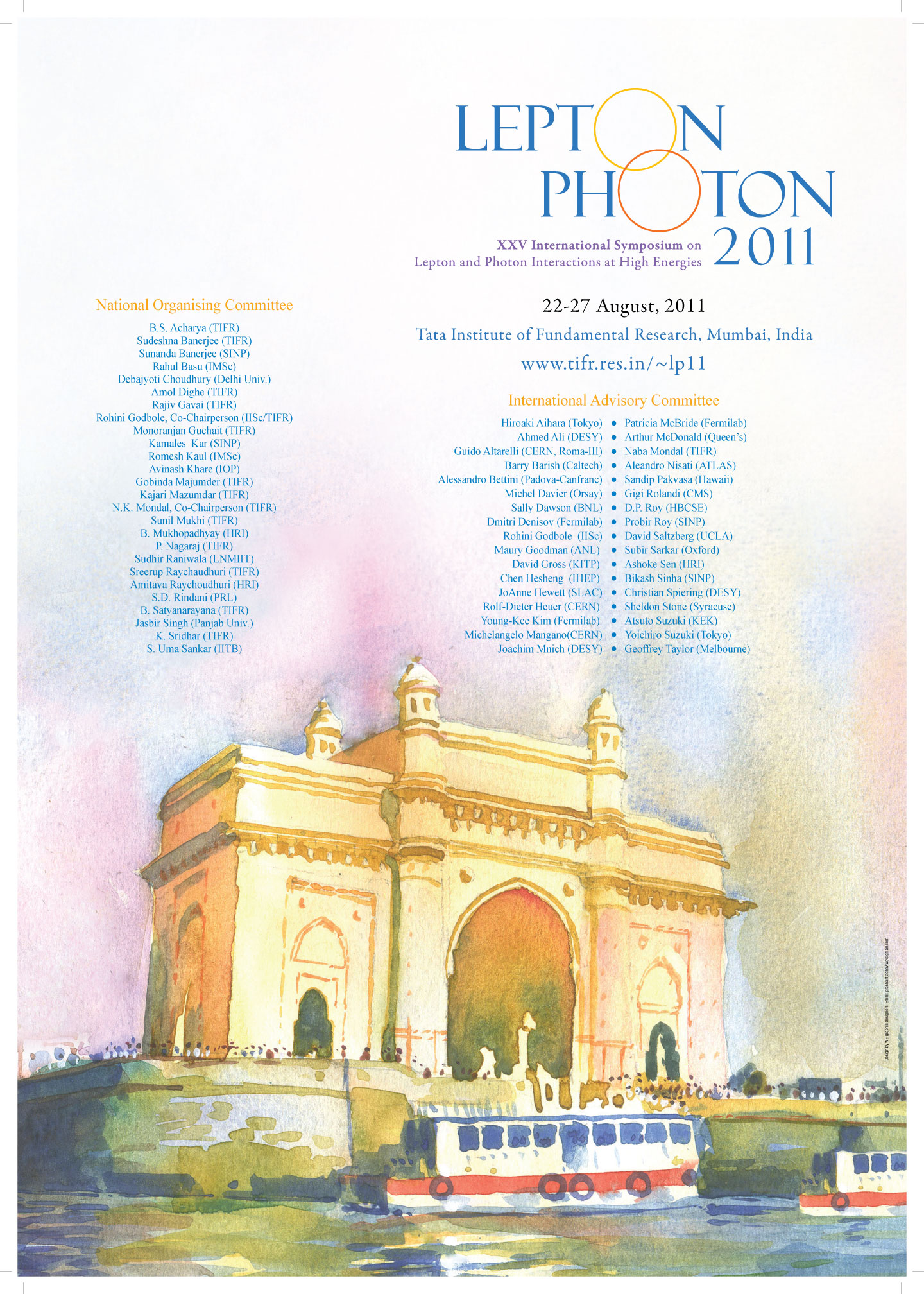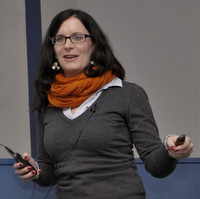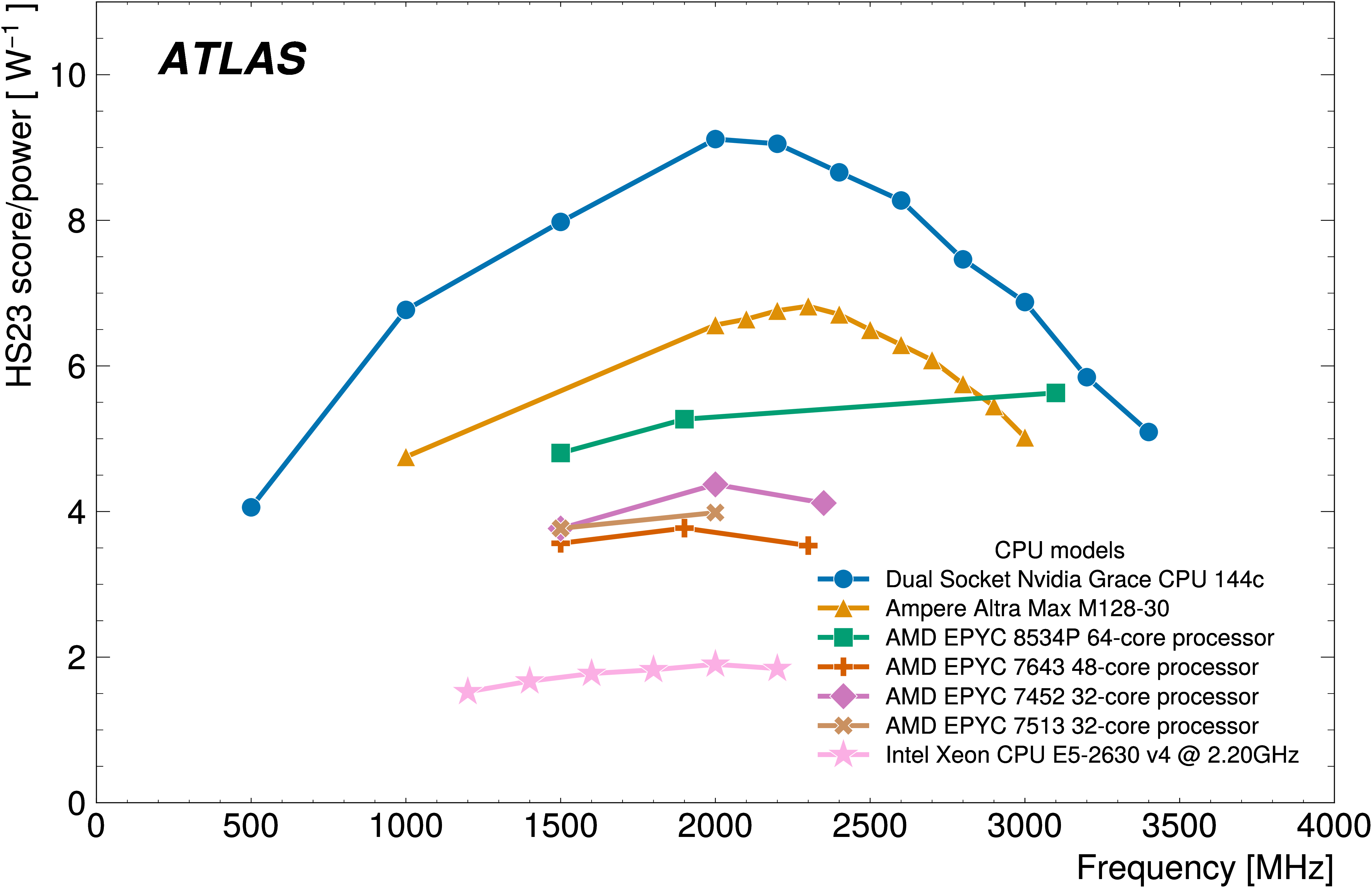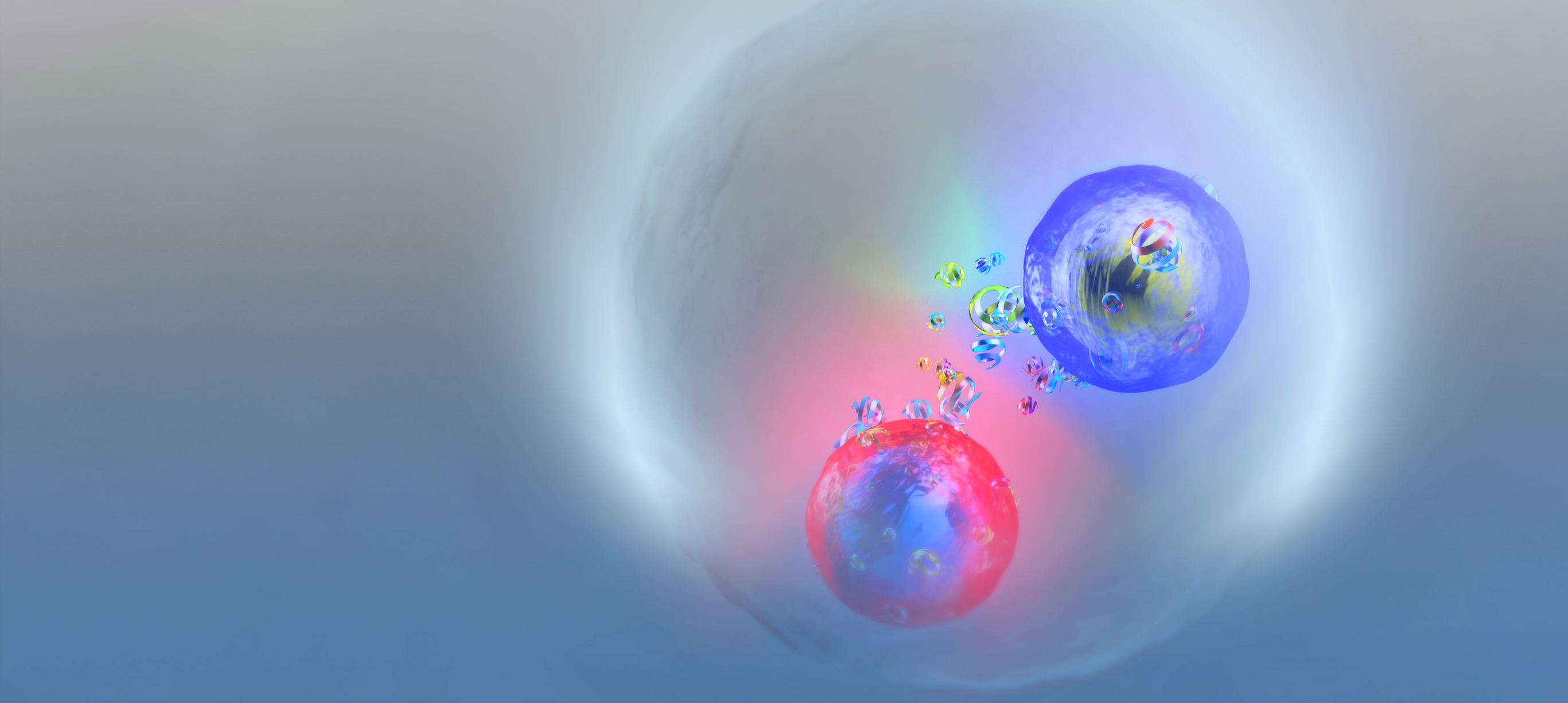Top down: Reflections on a long and sleepless analysis journey
21 August 2011 | By

For the last months (which feel like years…) I’ve been working, within a small group of people, on the precision measurement of the top quark pair production cross section, and if you think that sounds complicated – the German word is “Top-Quark-Paarproduktionswechselwirkungsquerschnitt”.
We just got our result through the final approval and it will be shown at the Lepton Photon conference in Mumbai next week, so it's time to look back at the last few months of discovering the fast food delivery service landscape of my town, an awful lot of work, definitely not enough sleep and, finally, a very nice result.
Right after we published our result to be shown at the Moriond conference back in March this year, we started thinking about the next steps. The initial thought was to “just” update the measurement with more data for one of the big summer conferences, but then we started to improve things, think about more details, change a bit here, switch to a different data format there and then it was already early May. By then, I had just about managed to recover from the phase of heavy work for Moriond, had finally gone back to eating and cooking proper food, and even convinced myself of going running every other morning…
And then, all of a sudden, it all started over again.
The top group is a quite big group, consisting of several subgroups for the analyses and also a group of people working on the general setup: Which software versions are to be used? How do we define what a good electron (or muon, or jet…) is? Do we need to correct something? What systematic uncertainties are common to all measurements?
The outcome of this culminates into a Twiki, our internal version of Wikipedia – a long checklist of things you have to implement if you want to publish your analysis within the group. Once this is done, the fun starts: you are trapped in an event challenge. To make sure everyone implements the same selection we compare our selected events with others. This can be quite painful and always takes a while, but also enforces a lot of communication within the complete group. We use Twikis, a SharePoint webpage, Google documents, emails, and even an internal blog, while we meet in person and via EVO, chat via Skype and other messengers and then, normally late at night, discover some tiny typo in our code somewhere causing a small difference.
Finally, the full analysis has to be run: tons of files to be processed, a lot of book keeping and, of course, when you try to hit the final button the first time it returns something completely ridiculous. So. You sit down, stare at your computer screen, take a walk, try again, run tons of tests, assign human traits to your program (becoming convinced that it is trying to ruin your life or getting spooked because it’s sometimes smarter than you and finds code bugs before you do), correct it and, eventually, you become convinced by your result.
Once the analysts are happy, it's a long run through the internal authorities to get it public: writing supporting documentation, presenting the result to the top group and discussing it with the editorial board, then circulating it to the collaboration and finally presenting it in a collaboration-wide meeting to get the final approval from everyone (that’s about 3000 people!). Since our analysis setup is still quite similar to what we prepared for Moriond, this part went pretty smoothly for us this time.
Last weekend I went on my annual battery re-charging trip, a small festival where I would meet some friends – and therefore missed the ATLAS approval talk for our analysis. I was quite nervous that Thursday morning, knowing that I couldn't do anything anymore and that I couldn't help if some additional work was required. But happily, all went well and the text message from my boss saying “Approved!” finally allowed me to cheerfully open my first can of beer. After returning home there was just a bit of polishing of text and plots here and there left, which was a comparatively relaxing task by then. In the end, I think all of us are quite proud of the result, reaching a very good precision just a year after the first top quarks started showing up at the LHC.




